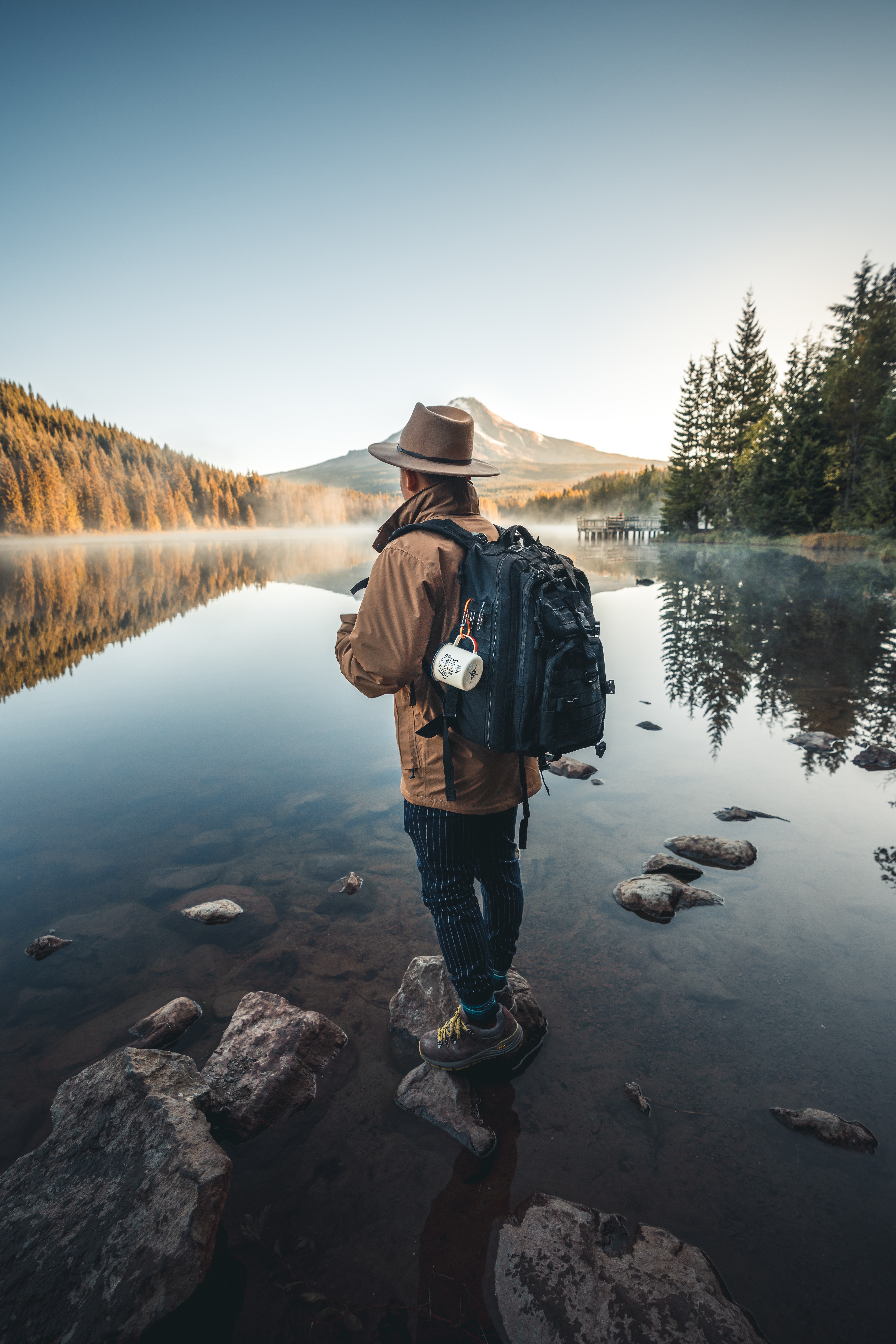THE LANDSCAPE AS A TEACHING RESOURCE
The landscape is the place and its image, is the form taken by geographical facts plus their perceptions, interpretations and cultural representations.
It is a set of shapes, volumes, textures, colors, materials and sensations that are present in our daily lives and that conform our environment. For that reason, we must consider it an indispensable object of knowledge. We are conditioned by the characteristics of the landscapes, since the lifestyle, culture, climate and all spatial factors depend on where that landscape is located. In addition, it is place and cradle of other animal and plant species that, thanks to a delicate balance of ecosystems, allow the proliferation and maintenance of other life forms, including ours. Above all, a landscape is a place. A space formed by the physical and cultural characteristics of that place, which can be urban, natural or a mixture of both. However, the landscape cannot be understood except through the perception of who contemplates or inhabits it. Therefore, for each one it involves an experience, an idea and a representation, which gives content and meaning to that landscape.

Zebras in their habitat
Photography: pexels.com
All landscapes are faces. Faces of territorial forms. Expressions of spatial, geographical, natural, historical, ecological, economical, social and cultural structures. It is in that richness and variety of content where your potential to learn from them lies. The landscapes not only show the configuration of a place, but the influence of a culture in a given space. They are also images of themselves that can even become immaterial expressions of men’s relationship with them. As a consequence, the landscapes reveal the identity of those who travel them and, in their order, men find a reflection of themselves that allows them to recognize themselves in them and meet their surroundings and their culture.

Observing the landscape
Photography: pexels.com
Its reading and interpretation depends not only on its formal (geographical) or cultural aspect (perception of the viewer), but also on the level of training, sensitivity, involvement, taste, culture and interest of those who observe or live it. We understand landscapes as immediate realities that frame our lives and maintain with us a physical and spiritual correspondence effect.
For all the above, we can affirm that the intrinsic value of the landscape is infinite, since it can show us historical, social and cultural factors and teach us the value and the interrelation between them. The direct information we receive daily from our environment is basically landscaped, so approaching the knowledge of the landscape from the awareness that we are an important part of it and that our daily behaviors alter its structure and dynamics, is a necessary and formative task.

Photography: pexels.com
The promotion of its observation and interpretation allows us to take advantage of it as a didactic resource for the generation of knowledge and to achieve environmental awareness, as well as to learn to value it and to assume more respectful actions that contribute to its conservation. The landscape offers men a source of stimuli and resources in various dimensions such as aesthetics (feelings and sensations), informational (basic information for our survival) and transforming (as we modify it with our actions).
It also serves as a motivational component, since its elements (waterfalls, rivers, mountains, beaches, etc.) encourage the individual to explore and enjoy. In addition, they allow integrating aspects of history, aesthetics and economics, with aspects of the natural and social sciences, becoming a meeting place for different disciplines that result in a very valuable baggage of information for the human being. The landscape offers an important field of action to clarify scales of values that the individual maintains towards the conservation of the environment.

Painting a landscape
Photography: pexels.com
The identification of landscape impacts makes it possible to define real environmental problems, take a stand towards them and specify actions and intervention measures to recover them from the damages and alterations caused by human actions. Therefore, from the lessons that landscapes give us for free, it is possible to generate the necessary attitude change to be more responsible individuals with the place and the environment. The importance of the pedagogical nature of the landscape and of being able to understand it as a scenario where things happen and where our life develops is then fundamental to value its role as a source of resources and livelihood.
“Taking advantage of the landscape as a teaching resource will allow us to describe and interpret the information contained in a specific place.”
Thus, the observation of its historical elements allows to analyze the changes that have occurred in time, the distinction of its components (relief, vegetation cover, land use, human constructions, weather), and the ability to introduce restoration measures in the face of the human impact. The landscape is part of the assets that integrate our cultural heritage and, like the other assets of our culture, its treatment as a pedagogical resource offers clear advantages for raising awareness of the importance of conservation, improvement and maintenance of our environment. In the same way, the landscape itself, through its characteristics (natural or urban), teaches us necessary procedures for its correct planning and distribution, as well as instilling attitudes of respect and protection towards our heritage. Thus, there are many possibilities that the landscape has if we treat it as the teacher that it is, if we are able to understand it and value it, its knowledge will allow us an approach to the place’s history, its culture and the understanding of ourselves.

Marga, Indonesia
Photography: pexels.com








